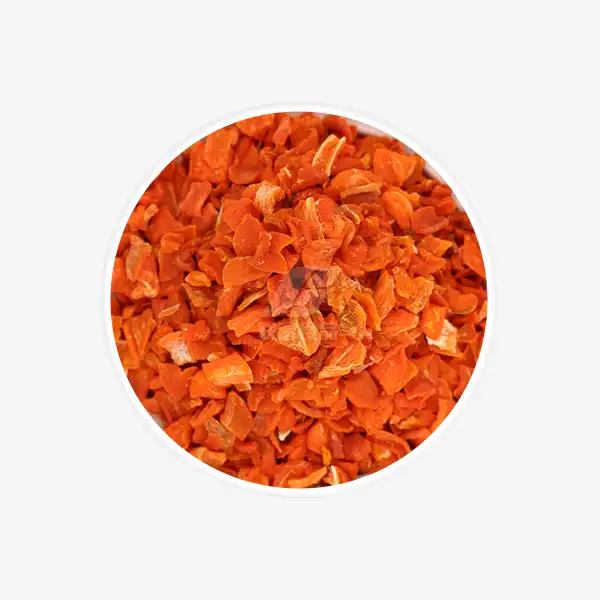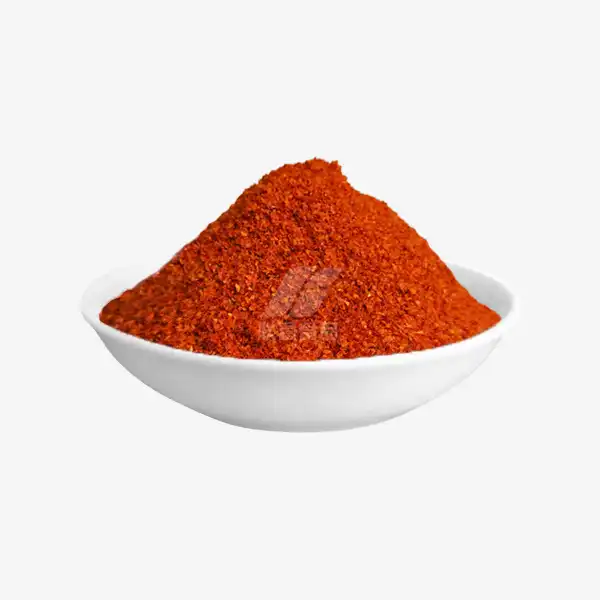Top Culinary Uses for Dehydrated Garlic Chips
Dehydrated garlic chips offer remarkable versatility in the kitchen, making them a valuable addition to any cook's pantry. These thin, crispy slices of dried garlic can be used in myriad ways, often rivaling or even surpassing fresh garlic in convenience and application.
One of the most straightforward uses for dehydrated garlic chips is as a crunchy topping. Sprinkle them over salads, soups, or roasted vegetables to add a burst of garlic flavor and a pleasant textural contrast. The chips can also be crushed and used as a seasoning for meats, poultry, or fish before grilling or roasting.
In liquid-based recipes, dehydrated garlic chips truly shine. They rehydrate quickly, infusing broths, stews, and sauces with intense garlic flavor. This makes them ideal for slow-cooker recipes or dishes that require long simmering times. The chips absorb the cooking liquid, becoming tender and distributing their flavor throughout the dish.
Bakers can also benefit from using dehydrated garlic chips. Incorporate them into bread dough for a rustic garlic bread, or mix them into compound butter for a quick and easy garlic spread. The chips can even be ground into a fine powder using a spice grinder, creating homemade garlic powder that's far superior to store-bought versions.
For those who enjoy making their own spice blends, dehydrated garlic chips are an essential ingredient. They can be easily crushed or ground to the desired consistency and mixed with other herbs and spices to create custom seasoning mixes. This is particularly useful for creating large batches of rubs for barbecue or spice blends for homemade soup mixes.
Snack enthusiasts will be pleased to know that dehydrated garlic chips make for an unexpectedly delicious treat on their own. When fried or air-fried until golden brown, they become irresistibly crunchy garlic chips that can satisfy savory cravings in a healthier way than many processed snacks.
In Asian cuisine, dehydrated garlic chips are often used as a garnish for dishes like congee or stir-fries. They add a pleasant crunch and concentrated garlic flavor that complements the main dish without overpowering it.
Flavor Comparison: Chips vs Fresh Garlic
When it comes to flavor, dehydrated garlic chips and fresh garlic each have their own unique characteristics. Understanding these differences can help cooks make informed decisions about which form of garlic to use in various recipes.
Fresh garlic is known for its sharp, pungent aroma and robust flavor. When raw, it has a spicy, almost hot quality that can be quite intense. As it cooks, fresh garlic mellows and sweetens, developing a complex, savory flavor that's foundational to many cuisines worldwide. The texture of fresh garlic also changes as it cooks, becoming soft and even creamy when roasted.
Dehydrated garlic chips, on the other hand, offer a more concentrated garlic flavor. The dehydration process removes water content, intensifying the garlic's natural sugars and flavor compounds. As a result, dehydrated garlic chips have a sweeter, nuttier taste compared to fresh garlic. They lack the sharp, spicy notes of raw garlic but compensate with a deeper, more umami-rich flavor profile.
In terms of aroma, fresh garlic releases its scent immediately upon cutting or crushing, filling the kitchen with its distinctive fragrance. Dehydrated garlic chips have a subtler scent when dry, but once rehydrated or cooked, they release a potent garlic aroma that can be just as enticing as fresh garlic.
The texture is where dehydrated garlic chips differ most significantly from fresh garlic. While fresh garlic can be finely minced or sliced for various textures, dehydrated chips start crisp and crunchy. They soften when rehydrated but don't achieve the same soft, yielding texture as cooked fresh garlic. This textural difference can be an advantage in dishes where a bit of garlic crunch is desirable.
When it comes to cooking, fresh garlic and dehydrated chips behave differently. Fresh garlic can burn quickly if not carefully monitored, potentially imparting a bitter taste to dishes. Dehydrated garlic chips are more forgiving in this regard, as they're less prone to burning and can be added earlier in the cooking process without fear of bitterness.
In raw applications, such as dressings or dips, fresh garlic provides a sharp, spicy kick that dehydrated chips can't quite match. However, in cooked dishes, especially those with longer cooking times, dehydrated garlic chips can provide a more consistent and evenly distributed garlic flavor throughout the dish.
Storage Tips for Dehydrated Garlic Chips
Proper storage is crucial for maintaining the quality and extending the shelf life of dehydrated garlic chips. With the right techniques, you can ensure your garlic chips remain flavorful and ready to use for an extended period. Here are some essential storage tips to keep your dehydrated garlic chips in optimal condition.
Airtight containers are your best friend when it comes to storing dehydrated garlic chips. Choose containers made of glass or food-grade plastic that seal tightly. Mason jars with secure lids work exceptionally well for this purpose. Ensure the container is completely dry before adding the garlic chips, as any moisture can lead to mold growth or rehydration.
Location is key when storing dehydrated garlic chips. A cool, dry, and dark place is ideal. Avoid areas near the stove, dishwasher, or any appliance that generates heat or steam. A pantry or kitchen cabinet away from heat sources is usually perfect. If you live in a particularly humid climate, consider using a food-grade desiccant packet in the container to absorb any excess moisture.
Light exposure can degrade the quality of dehydrated garlic chips over time. If using clear glass containers, store them in a dark place or wrap them in opaque material to protect the contents from light. Alternatively, you can opt for opaque or amber-colored containers that naturally block light.
Temperature fluctuations can affect the quality of dehydrated garlic chips. Try to store them in an area with a consistent temperature, ideally between 60°F and 70°F (15°C to 21°C). Avoid storing them near windows where they might be exposed to temperature changes throughout the day.
While dehydrated garlic chips have a long shelf life, it's still important to label your containers with the date of dehydration or purchase. This helps you keep track of how long they've been stored and use the older chips first. Most properly stored dehydrated garlic chips can last up to a year, but their flavor may start to diminish after about six months.
If you've dehydrated a large batch of garlic chips, consider vacuum sealing portions in smaller bags. This method removes air, which can cause oxidation and flavor loss over time. Vacuum-sealed bags can be stored in a cool, dark place or even in the freezer for extended preservation.
Regularly check your stored garlic chips for any signs of moisture or mold. If you notice any off-odors, discoloration, or clumping, it's best to discard the batch to prevent potential foodborne illness.
For those living in extremely humid environments, storing dehydrated garlic chips in the refrigerator can be an option. However, ensure they are in a truly airtight container to prevent them from absorbing odors from other foods. Allow the container to come to room temperature before opening to prevent condensation from forming on the chips.
Conclusion
Dehydrated garlic chips offer a convenient and flavorful alternative to fresh garlic in many culinary applications. While they may not completely replace fresh garlic in every scenario, their unique flavor profile, versatility, and long shelf life make them a valuable addition to any kitchen. By understanding their uses, flavor characteristics, and proper storage techniques, you can make the most of this dehydrated delight in your cooking adventures.
For more information about dehydrated garlic products and other dehydrated vegetables, please contact us at qingzhengliu@jslianfu.com. Our team at Xinghua Lianfu Food Co., Ltd. is always ready to assist you with high-quality dehydrated ingredients for your culinary needs.

_1729843393550.webp)









